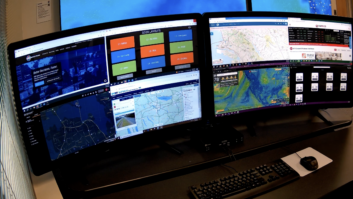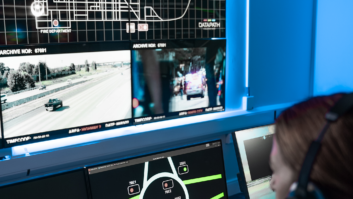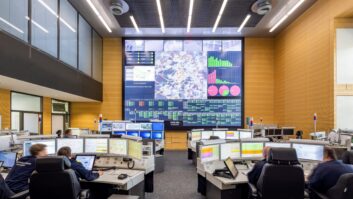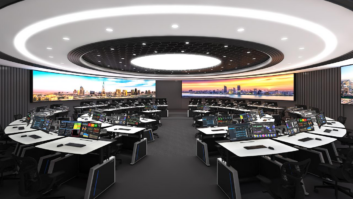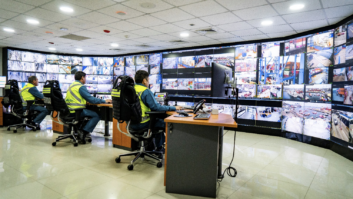It’s easy to overlook the control elements when considering a smart home project. Ian Trudgeon of thinkingbrinks outlines what architects need to look at.
As the specification is being developed for a project, it is common to focus on the cables that are required, their positions in the room and the process of getting the first fix in place. One key aspect commonly overlooked, that only becomes very important as the installation is completed, is control.
Integrating different technologies, different sources and hiding the complexity of these systems is key aspect of the smart home design discipline. A client does not want to go through a series of multiple button choices to “Watch TV”, “Choose Artist” from their central music library or skip a chapter on a Blu-Ray. They do not want to have to stand in front of their AV rack and point the remote to make the system work.
So how do smart home professionals anticipate and design the control elements in their systems?
Step 1 – Cable for control, design for control
The system’s control signals and the various methods of control need to considered at the design stage. Working with a client to agree how they want to control the system is paramount. For example:
• in a cinema, it makes sense to have “sofa based control”, ie a handheld remote
• in a kitchen, a hardwired keypad in the correct location will be ideal to adjust volume or select playlists
• if equipment is stored “out of sight”, the control commands need to reach this hub or cabinet from anywhere.
Looking at what needs to be controlled distills the approach further:
• do the CCTV cameras need to move?
• does the client want to use their iPhone to control their system?
• does the gate need to be triggered from the telephone system?
• does one system require a different type of cable to transfer its commands?
All of these questions help to identify the design requirements for the control of a system. Anticipating that control systems will use a separate data network is now common. A number of devices use Ethernet control to set up lighting, control audio or access security systems – including the iPhone, PCs or remote control panels.
Step 2 – Link the control to the need
In a simple, single source audio system, it may be best to have a simple, rotary control to purely turn the volume up and down from the “always on” DAB radio, which is left tuned to the client’s favourite station.
If a client needs to interact or select (ie with their music on a central hard drive), a keypad will be required that provides feedback. This is commonly via an LCD keypad, which offers the “user window” into the system. It shows the artist currently playing, allows selection of the next track, or selection of playlists by tapping the screen / pressing a button.
If the client wants a system to have a single point of control, the LCD keypad will need to be flexible enough to offer control of other systems (for example, audio and lighting control is common). Consider the codes that any required systems use to talk to each other, as control modules may be needed to make this happen.
Step 3 – Make it simple for the user
Any system can generate a mass of controls. TV remote, Blu-ray remote, Sky remote, games console controllers…the list can go on. Good news…all of these can become one, with a range available.
Many have the ability to control equipment out of sight, behind closed doors or back in the hub area. The skill lies in designing simplicity into the remote for the user. Using specific jump codes to select the right screen input, amplifier output and designing a screen to control each of the sources makes the control experience simple and satisfying.
With the right equipment, and single screen icons for common tasks, the remote can quickly become the favourite part of the system. With named audio outputs or screens for individual users, the user has a tailor made controller every time they pick it up, for them and their favourite channels.
Ian Trudgeon is project director with thinkingbricks. He is offering RIBA-certified CPD courses on all aspects of home technology.
